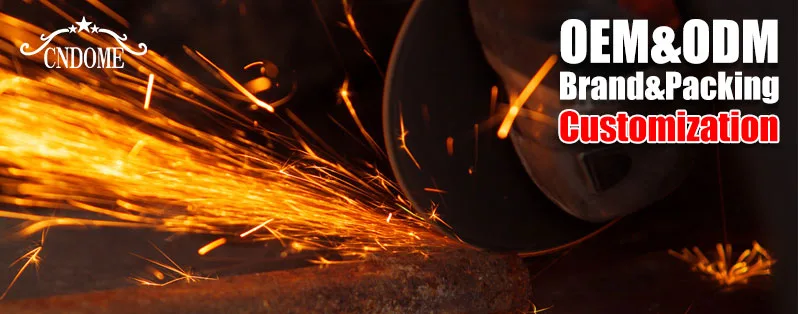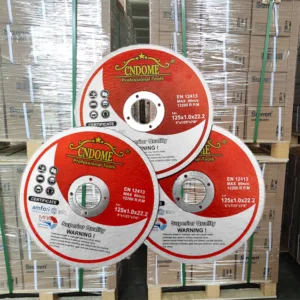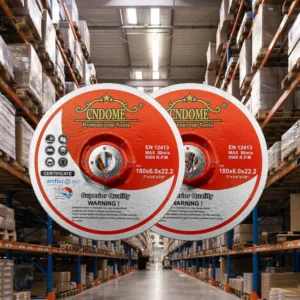Grinding wheels are indispensable tools in various industries, playing a crucial role in shaping and finishing materials ranging from metal to concrete. However, their efficiency is not infinite, and understanding the factors that influence their lifespan is essential for optimizing productivity and minimizing costs. In this blog, we delve into the intricacies of grinding wheel lifespan, exploring ways to extend it and ensure peak performance.
Factors Influencing Grinding Wheel Lifespan:
Material Compatibility:
Different grinding wheels are designed for specific materials. Using the right wheel for the right material is essential to prevent premature wear. For example, a wheel designed for ferrous metals may not perform optimally when used on non-ferrous materials.
Wheel Composition:
Grinding wheels come in various compositions, with abrasive materials like aluminum oxide, silicon carbide, and diamond. Understanding the specific requirements of your application and choosing the appropriate wheel composition can significantly impact the wheel’s longevity.
Wheel Hardness:
The hardness of a grinding wheel is a critical factor. Softer wheels are more likely to wear quickly, while harder wheels may cause excessive heat buildup. Balancing hardness based on the material being ground is crucial for achieving a longer lifespan.
Wheel Grit Size:
The grit size of the wheel affects its cutting ability. Coarser grits are more aggressive but may wear out faster, while finer grits provide a smoother finish but may have a longer lifespan. Finding the right balance based on the application is key.
Operating Speed:
Running a grinding wheel at an inappropriate speed can lead to excessive wear. Adhering to the recommended operating speeds ensures that the wheel maintains its integrity and cutting efficiency.
Ways to Extend Grinding Wheel Lifespan:
Proper Storage:
Store grinding wheels in a dry, cool environment to prevent exposure to moisture and temperature extremes. This helps maintain the wheel’s structural integrity and prevents premature wear.
Dressing the Wheel:
Regularly dressing the grinding wheel – removing dulled abrasive grains – helps expose fresh abrasive surfaces. This process prevents the wheel from becoming glazed, enhancing its cutting efficiency and extending its lifespan.
Coolant Usage:
Implementing effective cooling methods, such as using coolants or lubricants, helps manage heat generated during the grinding process. Excessive heat can lead to premature wear and reduce the wheel’s lifespan.
Optimal Grinding Techniques:
Employing proper grinding techniques, including avoiding excessive pressure and ensuring a consistent feed rate, contributes to a longer wheel lifespan. It also helps prevent issues like wheel loading, where material accumulates on the wheel and reduces cutting efficiency.
Conclusion:
Understanding the factors influencing grinding wheel lifespan and implementing best practices for their use can significantly impact efficiency and cost-effectiveness in various industries. By choosing the right wheel for the application, maintaining proper operating conditions, and incorporating preventative maintenance measures, businesses can maximize the lifespan of their grinding wheels and achieve optimal results in material processing.



